If only the sun would shine
Murramarang National Park deserves all it’s accolades – a beautiful stretch of coastline with gorgeous beaches flanked by uncut forests, all of it thankfully protected for future generations. Murramarang is also geared to handle the demands of people coming to enjoy this area with four national park campgrounds, a couple of communities carved out of the park which provide numerous caravan parks and a network of roads that connect it all. This place is really a cut above. And we were planning to explore it more.
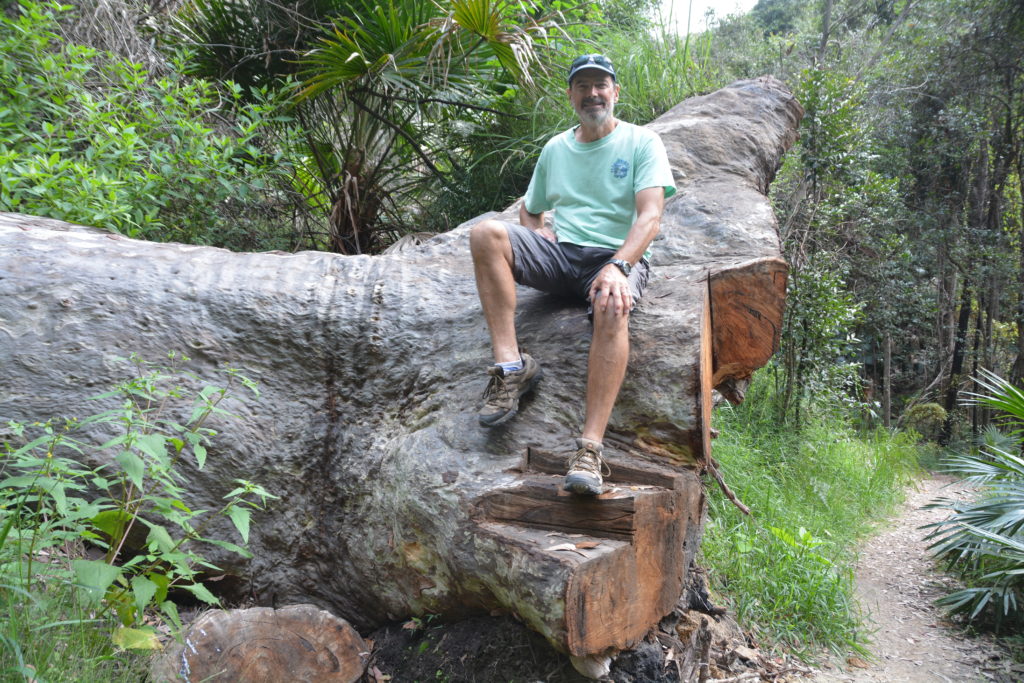
I chose to sit on the big trees… 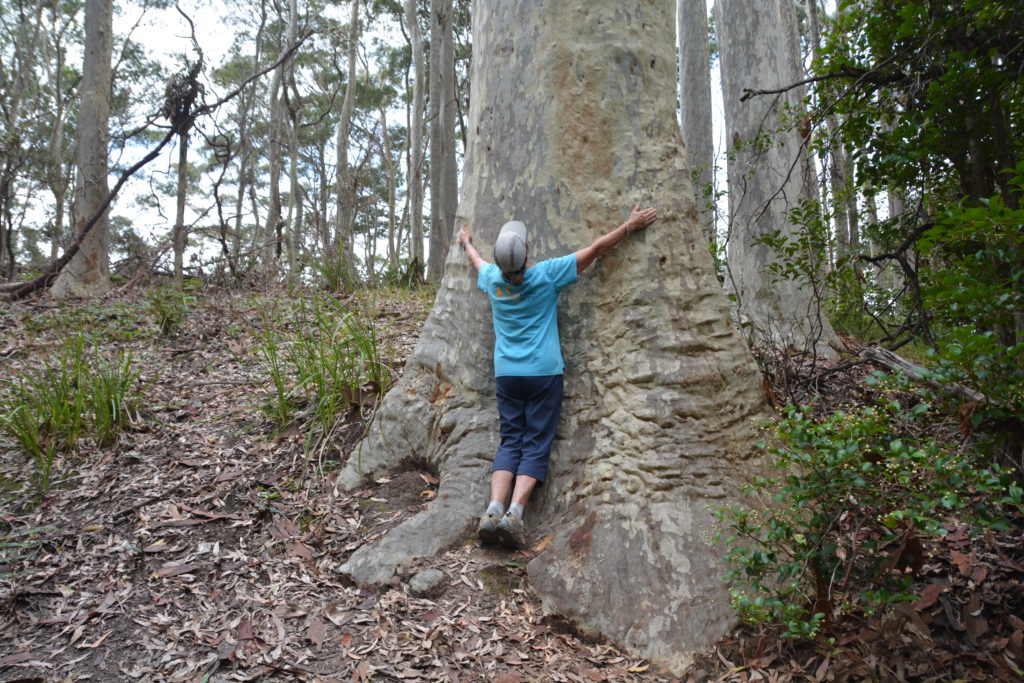
…while Julie just wanted a hug
We camped at North Head, one of the four national park campgrounds, and it quickly became one of our favourites on the trip, surrounded by tall spotted gums and fascinating cycads, a coastal trail for walkers and a lovely beach for sand and sun seekers.
Here’s a few shots of the amazing criss-crossy rocks, intrusions and other great rock formations and colours on a rock shelf near Wasp Head in the national park. We stumbled across this place by accident and couldn’t get enough of it.








We spent a day exploring other corners of the park, part of which was badly burned in last year’s fires, including Depot Beach which we loved, Pebbly Beach which wasn’t pebbly at all, and Pretty Beach which was in a stunning setting and inspired us to have a quick swim when the sun peeked through the clouds. The sun has been a bit disappointing on our beach holiday trip but occasionally it teases us with its presence and we take full advantage.
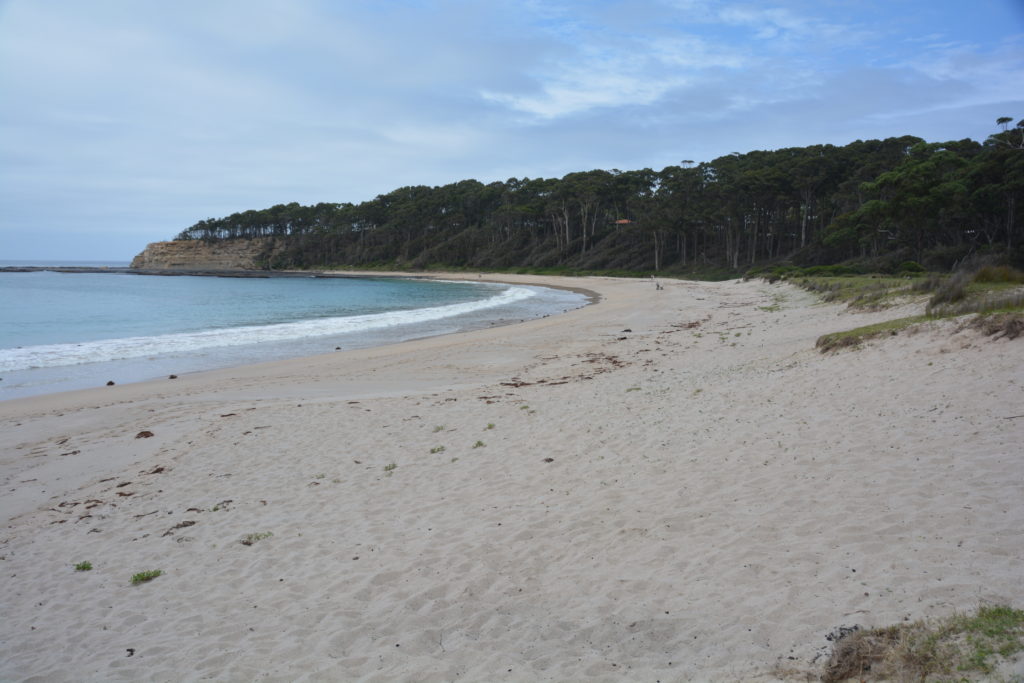
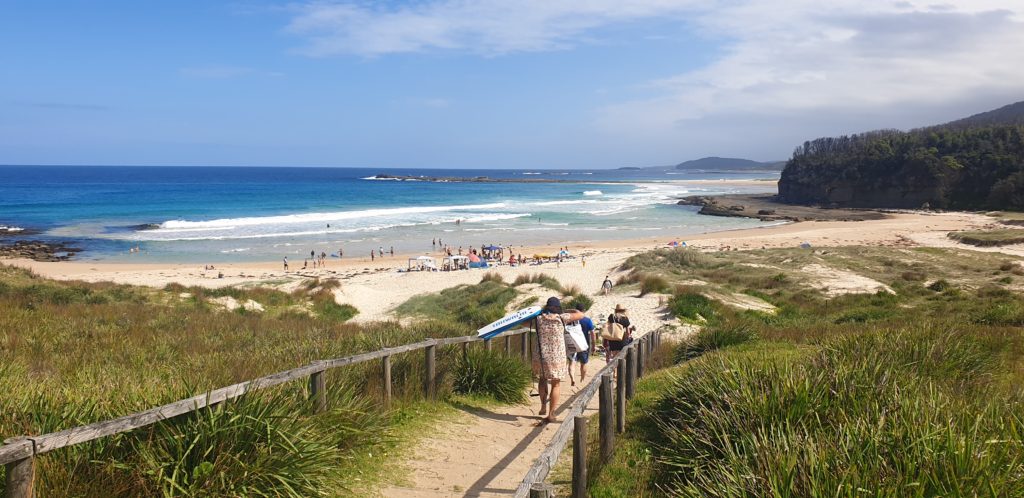
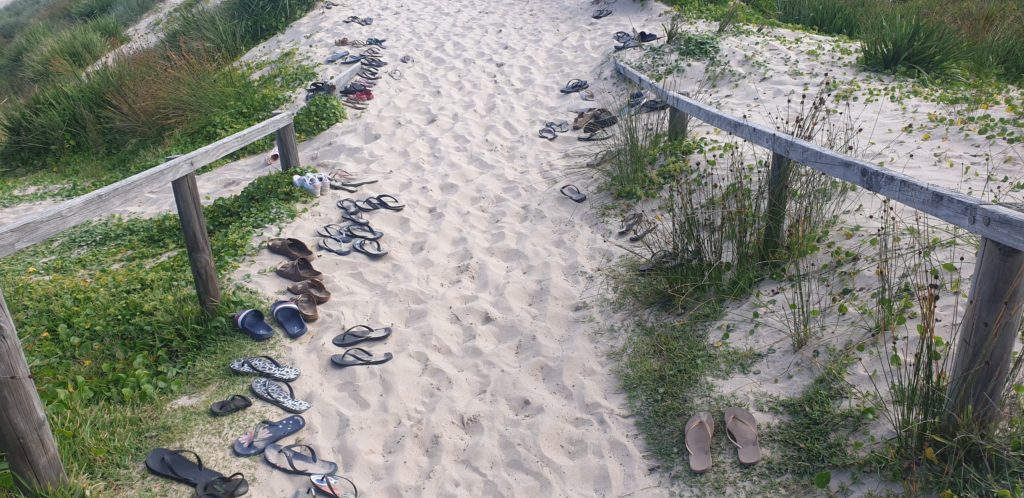
Because it was Saturday night it was impossible to book a camping spot in any of the national park camps, especially given the vagaries of the Covid-inspired national park booking system. I’ve provided my disapproving comments to this online system before but rather than do the wrong thing and try to camp without a booking we used the opportunity to move into the state forests for free camping away from the masses. And so it was that we found ourselves in South Brooman State Forest in a large clearing enjoying a beautiful night to ourselves under a full moon that occasionally peaked out from behind the clouds.
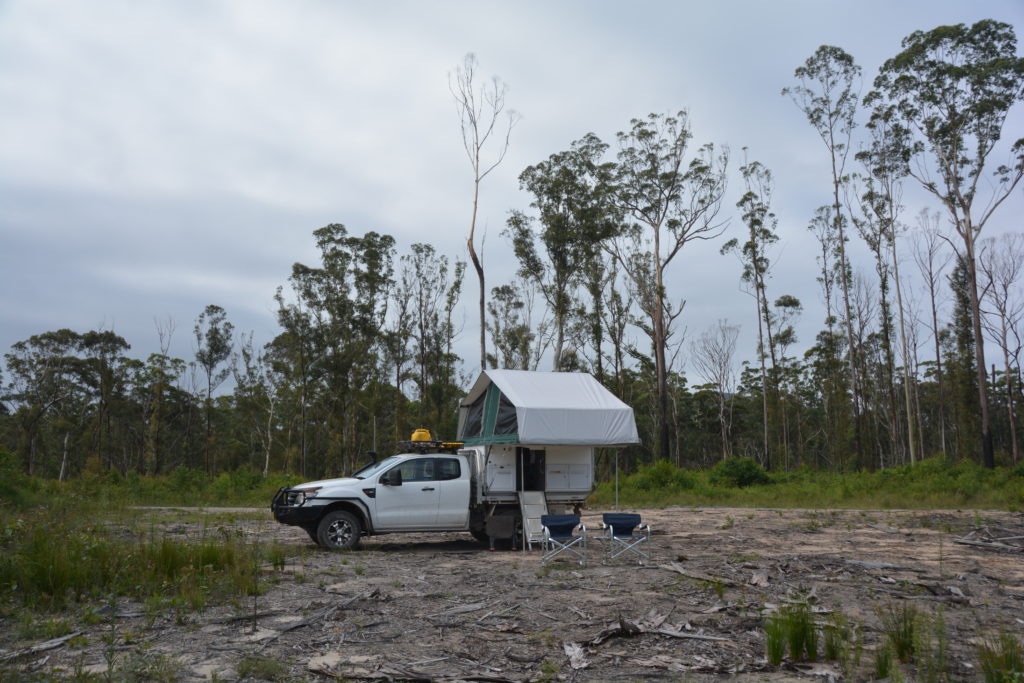
Our weather apps were predicting lower chances of rain and higher chances of sun so we headed to the coast for a couple of days. We stopped at the cute little historic mining town of Mogo, now a line of interesting tourist shops on both sides of the highway, before following the coast south of Bateman’s Bay. This is an outstanding scenic drive, through beachside communities such as Batehaven, Surf Beach, Malua Bay, Guerrilla Bay and Mossy Point, all with their own great beaches, mix of upmarket homes and casual weekenders, headlands with views and layback styles. It was Sunday and the families were out in force everywhere. We definitely liked the vibe.
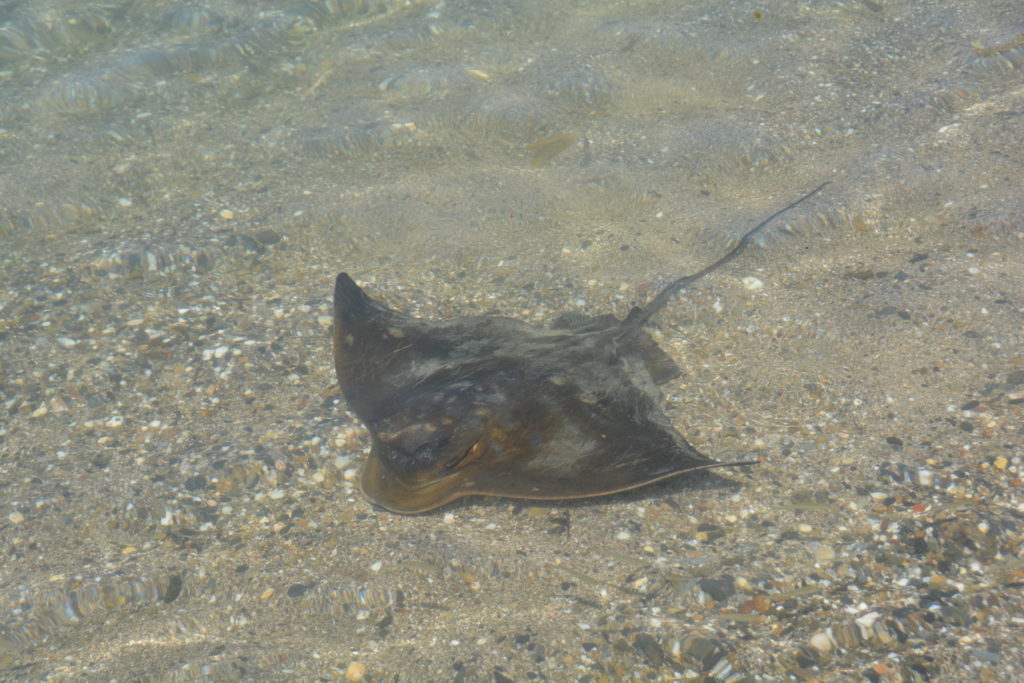
But we were on a mission to get to the Congo campground in the northern part of Eurobodalla National Park where the Congo Creek hits the Pacific. The sun was blazing and we high tailed it down to the beach for a swim in perfect waters and an afternoon on the beach. The only living thing we had to share this kilometre-long stretch of sand with was a one-legged sooty oystercatcher. The rest was all ours. We declared Congo our home for the next couple of days.
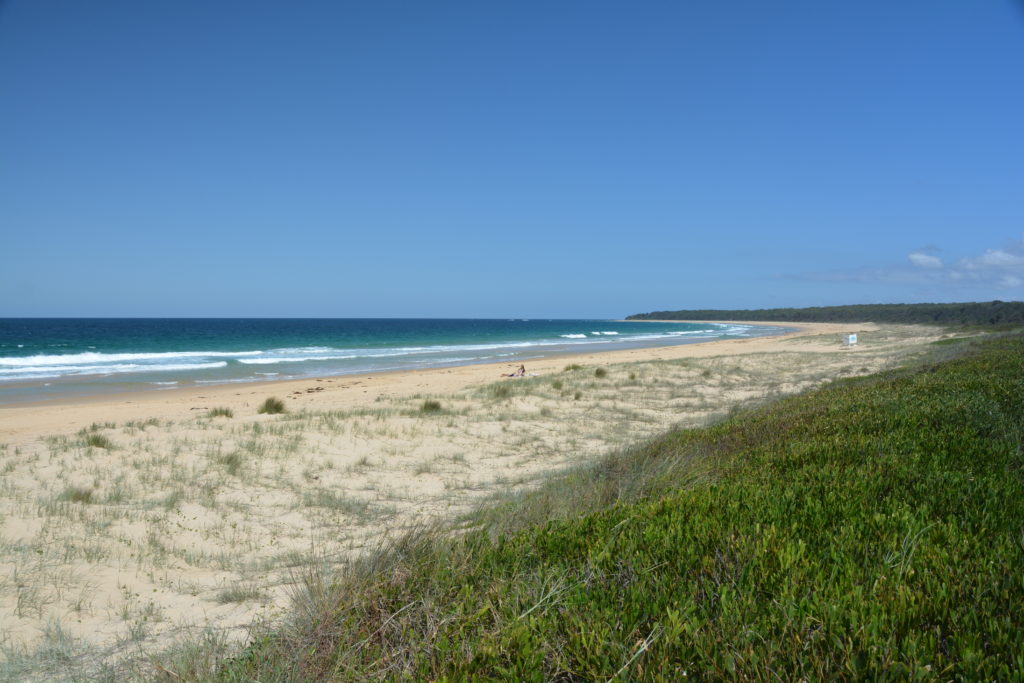
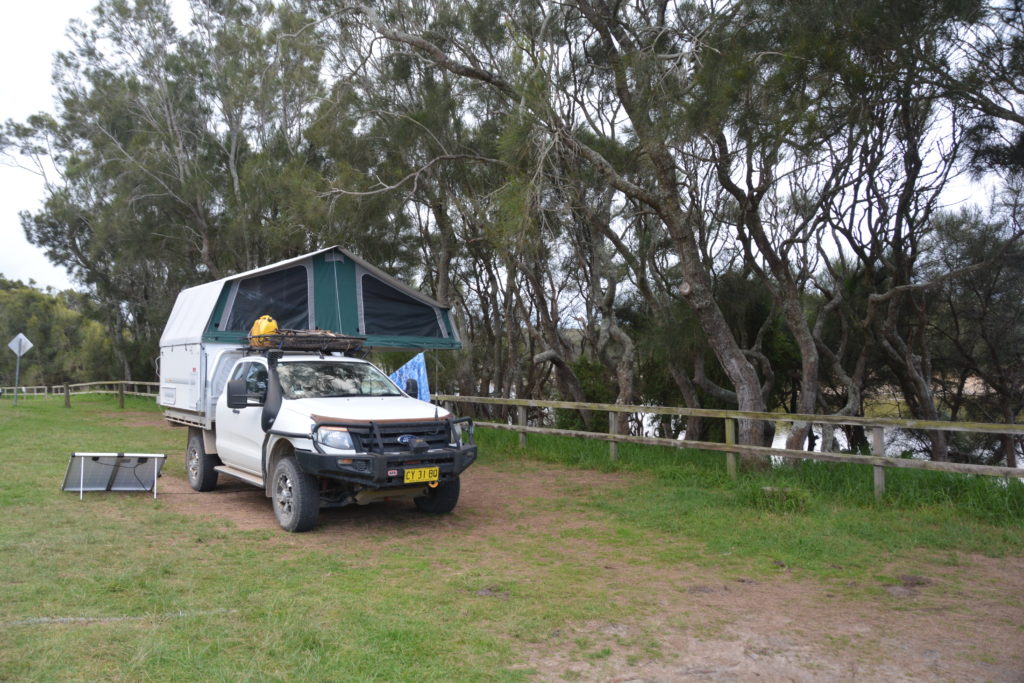
The next day was more of the same as we gave Wanda the day off and wound it all back. It turns out Congo Creek, to the best we could figure, is basically an inland lagoon area connected to the ocean by a channel that would flow water into the lagoon at high tide and flow water out of the lagoon at low tide, thus forming a ‘creek’ that had water flowing in both directions. We were camped on its banks and could watch the water level ebb and flow all day long, all of it quite fascinating.
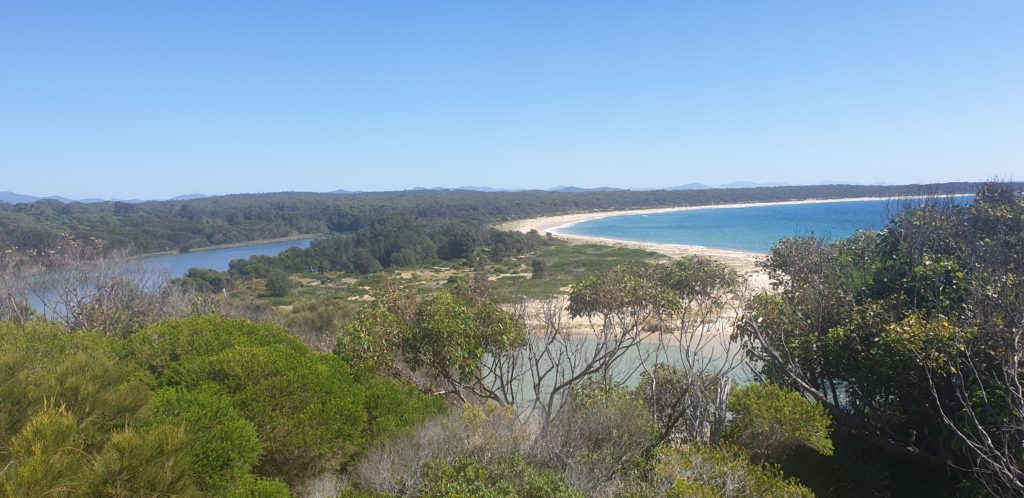
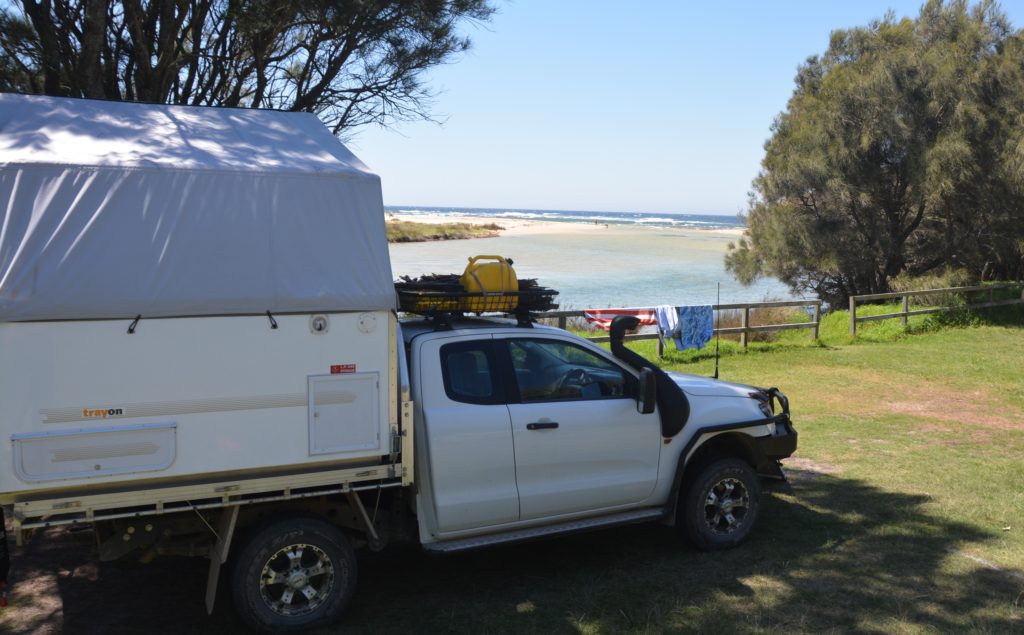
We crossed the channel at high tide, water almost reaching our waist and had a beaut morning on the beach, sun blazing, water clear and sparkling, waves moving to their usual rhythm. We lolled about camp, did some chores, read and relaxed in the shade, the less movement the better. In the late afternoon the tide was at its lowest and we walked out on the rock shelf to looked at the tidal pools and watch the cormorants, terns, oystercatchers and seagulls move about, before having a swim on the southern beach. The southerly wind came in, temperatures dropped a bit and we retreated back to camp for another totally chilled evening. Now this is a beach holiday.
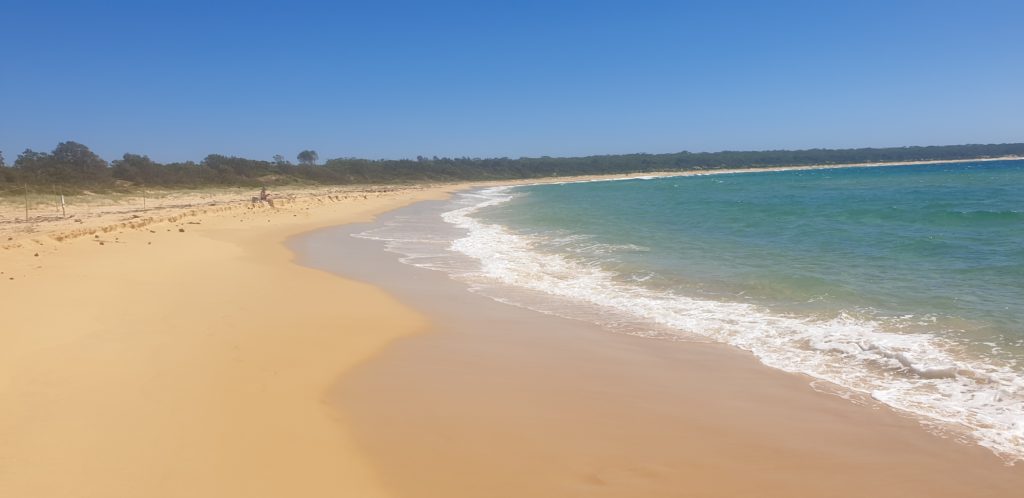
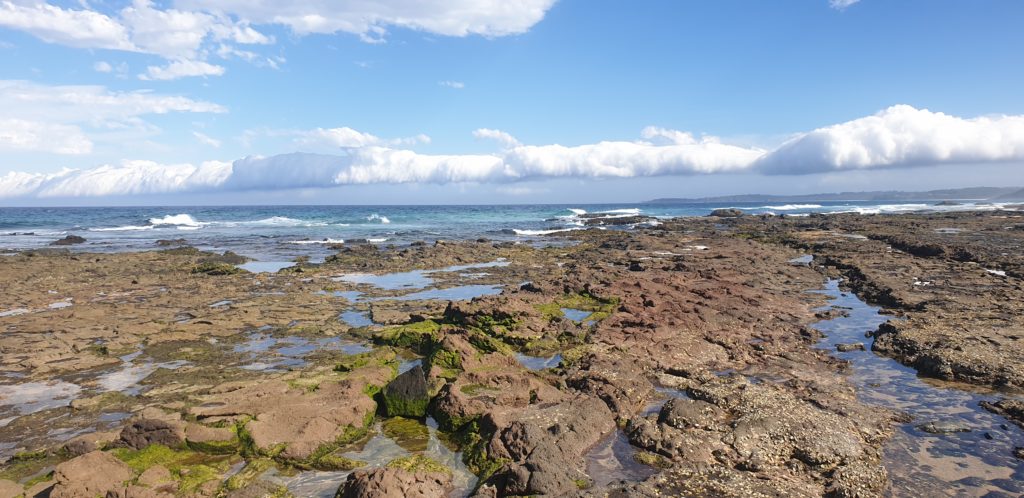
But Congo, despite its funny name, is hard to leave. The next morning we had a romantic walk along the beach and then a beautiful 7.5 km return walk southward following the coastline on a local national park track. We pulled ourselves away only because we were on a slight timeline with grandparenting duties to start in a few days. But Congo is a place we’ll definitely be coming back to.
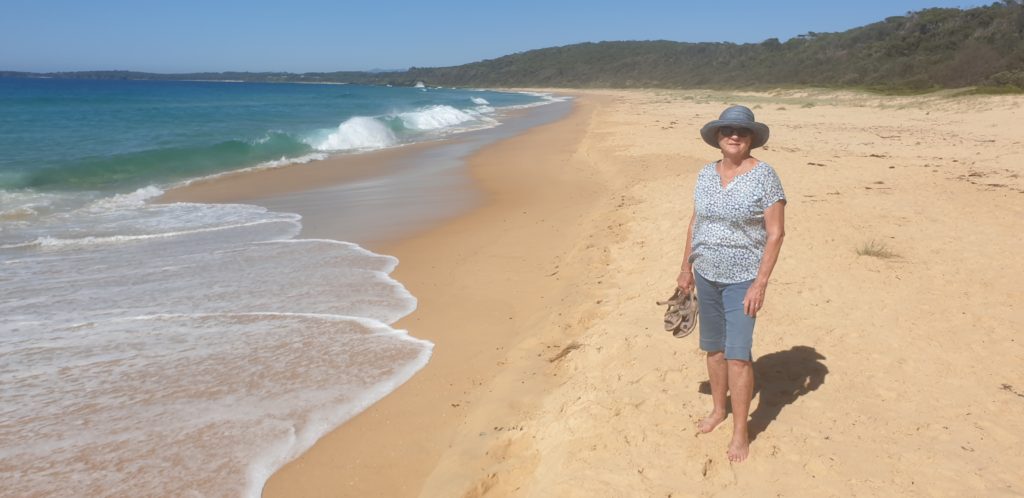
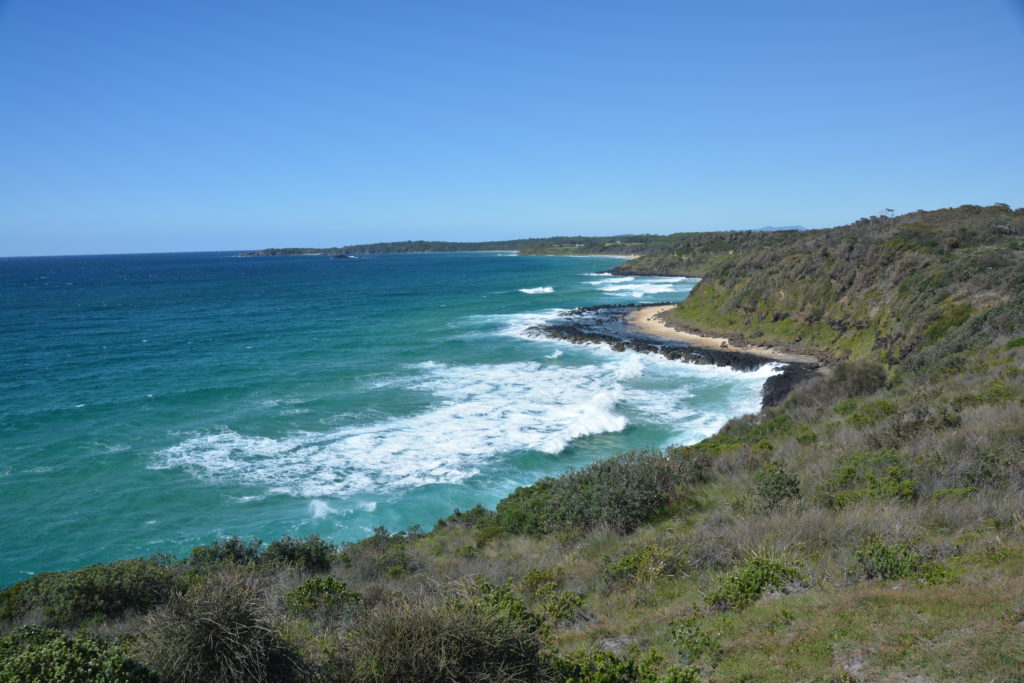
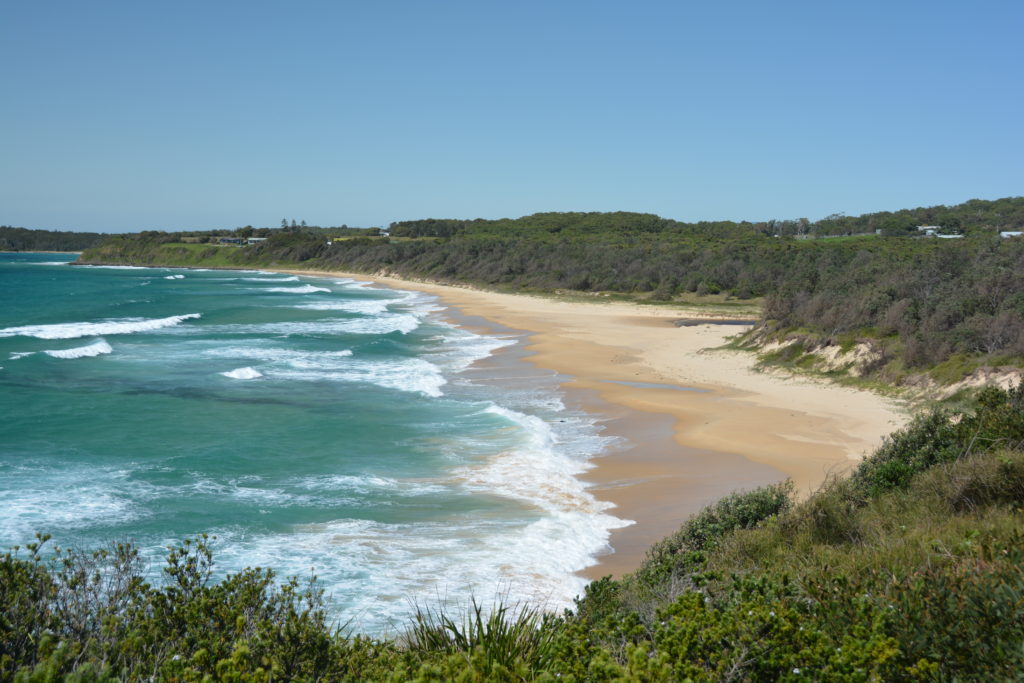
We pointed Wanda southward again, pulling into picturesque Tuross Heads for views of the lake and river system and the crashing surf. Tuross Heads is a popular holiday and retirement destination and it was easy to see why. But onward we trekked, through Bega before turned eastward away from the coast and into the huge South East Forests National Parks.
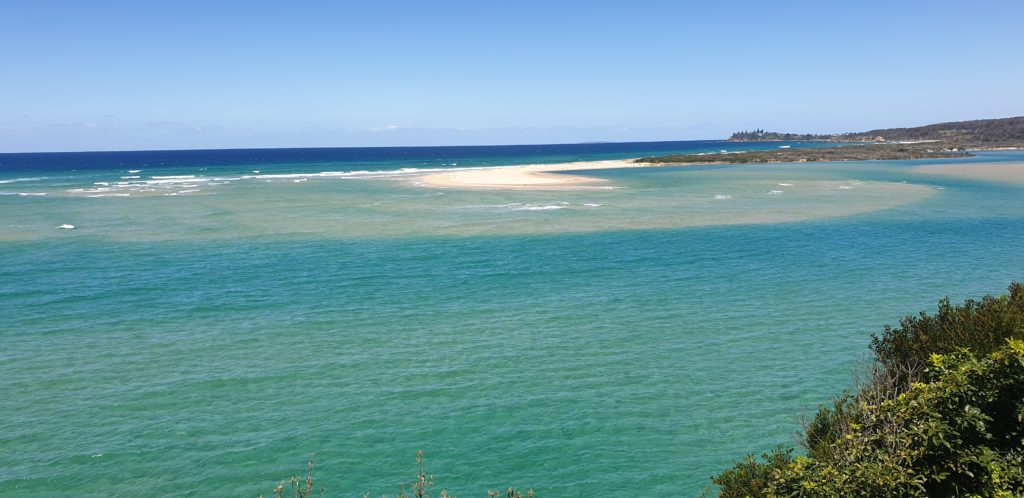
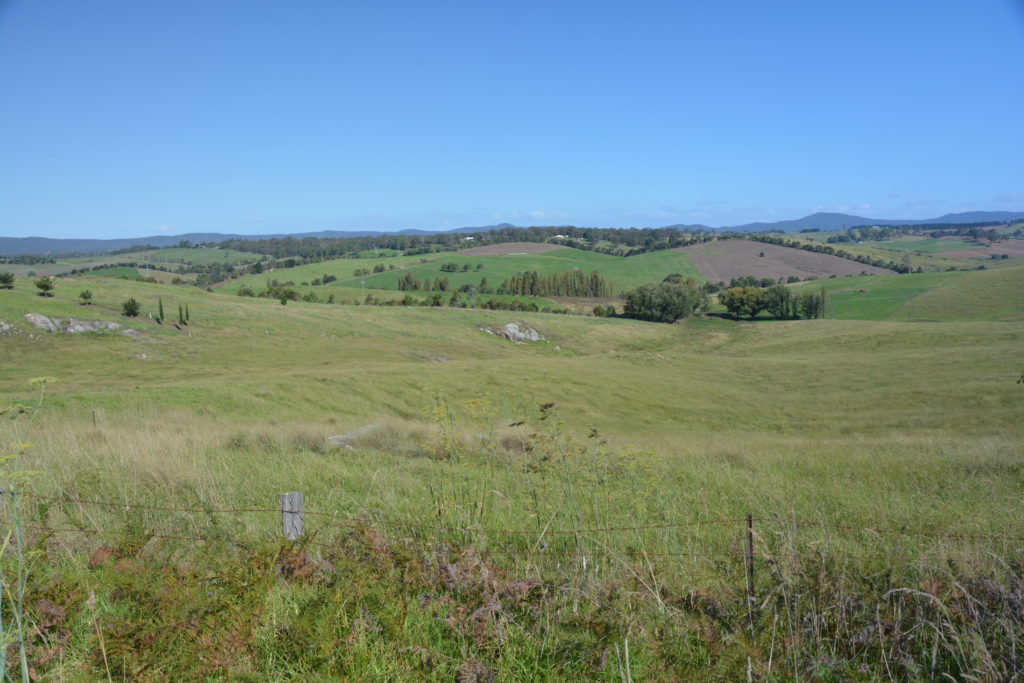
The park had been hit very hard by last year’s fires and most of this vast preserved land had been badly burned. We followed the delightfully named Tantawangalo Mountain Road as this dirt track wound it’s way up and down the rugged hills, countless turns, bumps, bends and gullies through an endless forest of blackened trees until we reached Nunnock campground in the heart – and in an unburned part – of the park. The tall ribbon gums were magnificent and the scene with the late afternoon sun filtering through the trees was just sublime. We were at 970 metres (3,200 feet) and the air had a serious chill to it. All the better for a big fire in a beautiful place.
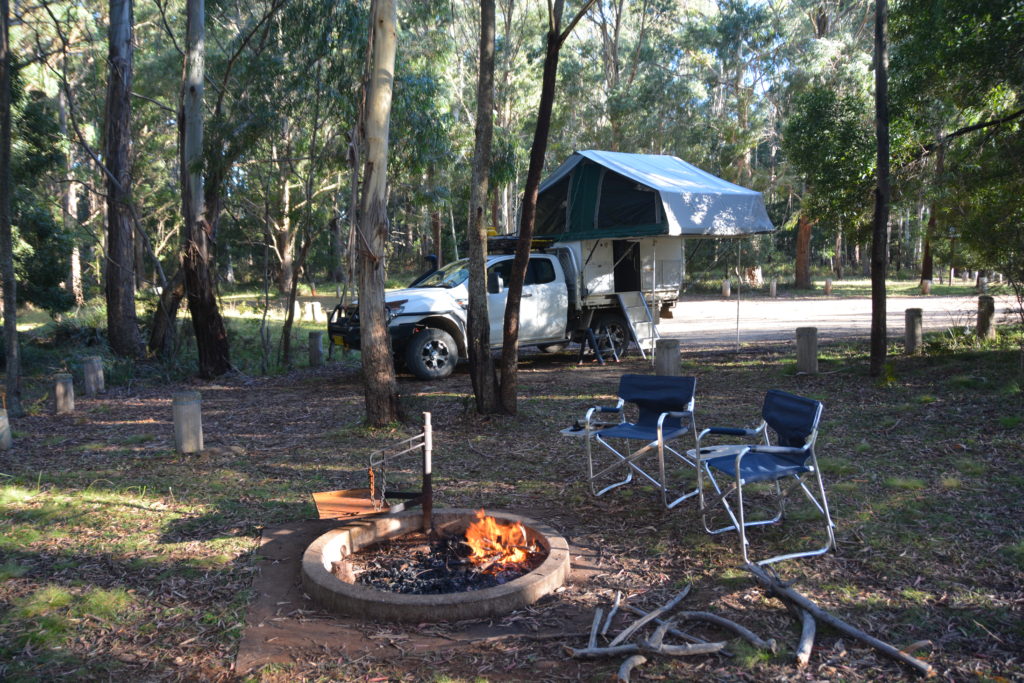
We woke the next morning, our thermometer reporting it was 3C, and we made good use of the wood we had brought in (we never collect wood in national parks). The Nunnock area of the park is known for its swamps and the critical part they play in the region’s ecology. We didn’t have time to do some of the longer walks but visited one of the viewing platforms and read the boards before heading south-ish.
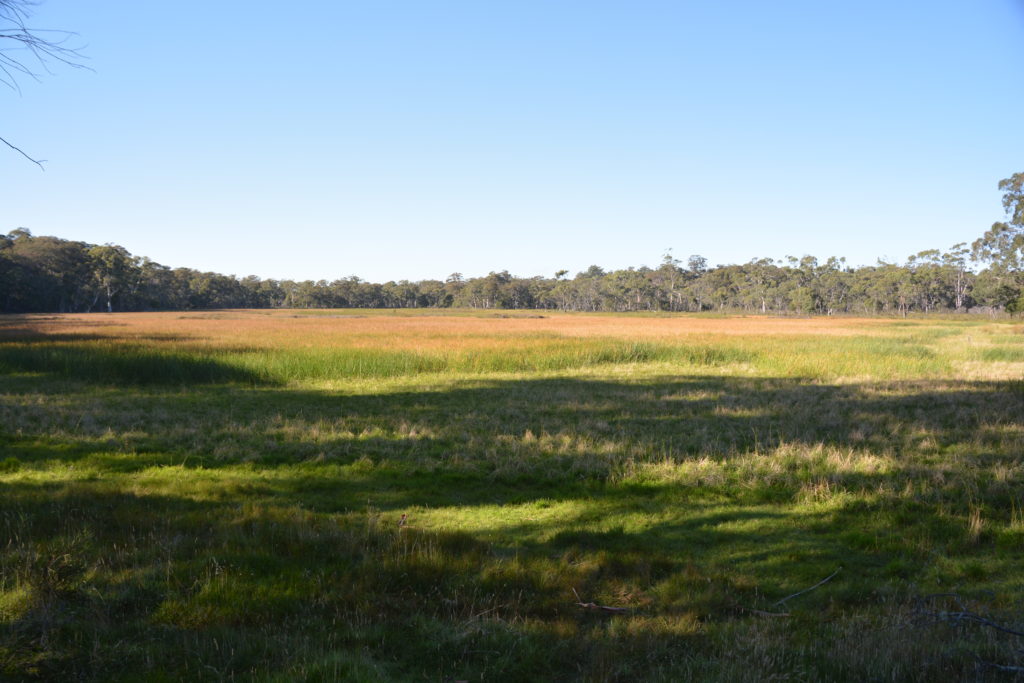
The dirt track took us through the beautiful tranquil gum forests, then out of the park across fabulous open rolling grazing land and after a few stops for photos and to allow time to absorb this wonderful scenery we popped out at the regional town of Bombala. We had to celebrate the moment at our favourite pie shop for lunch.
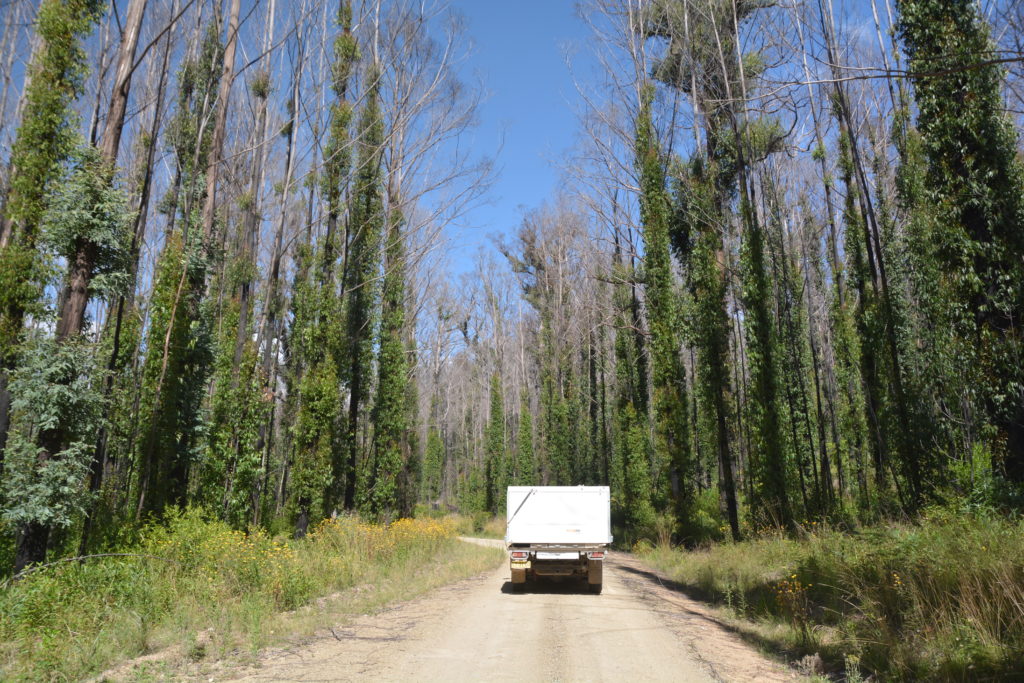
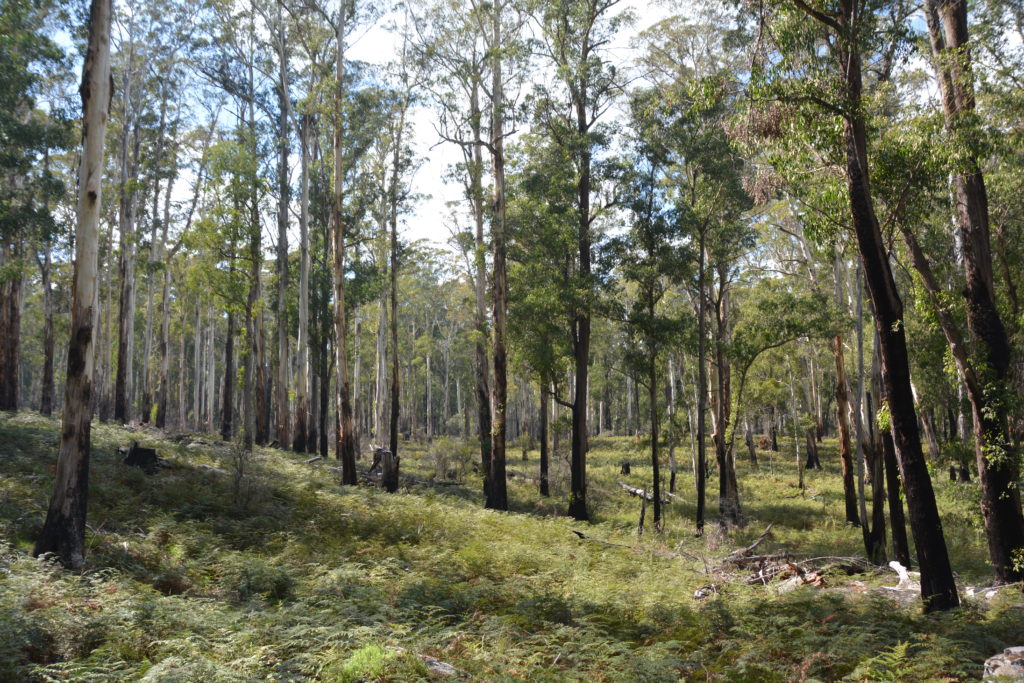
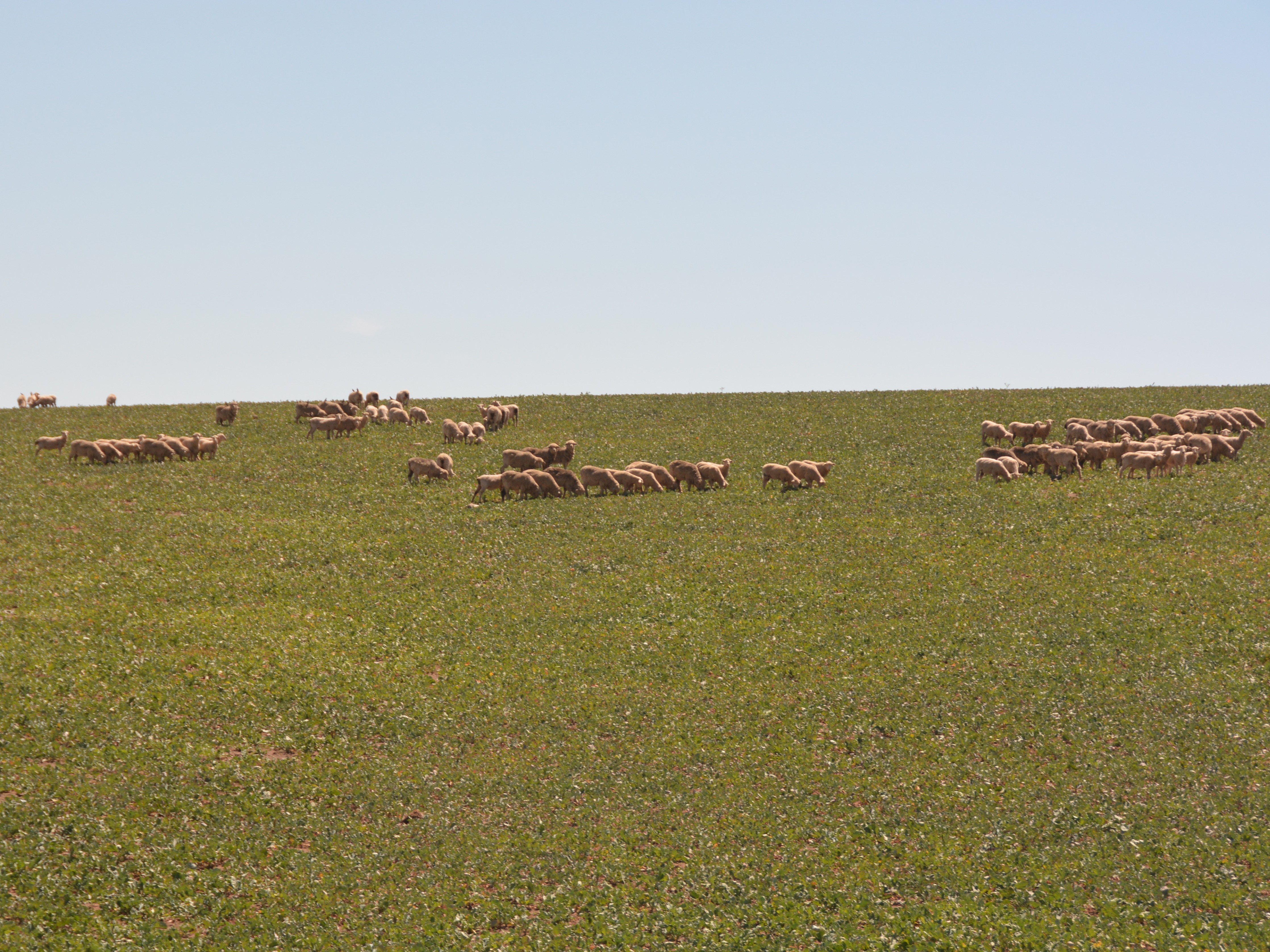
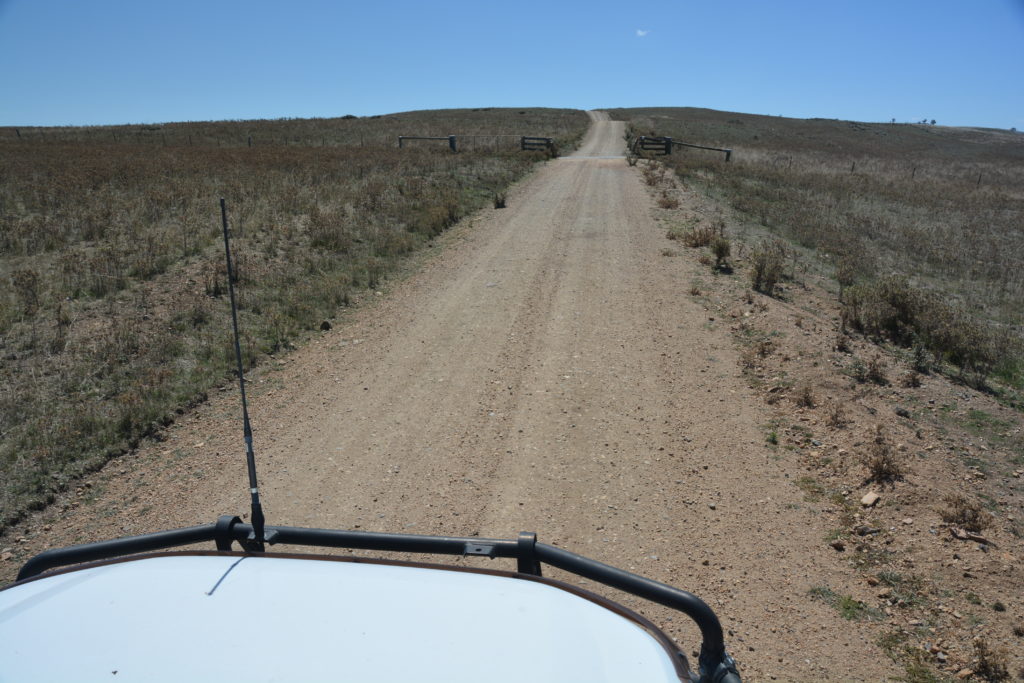
Our mission for the afternoon, on this the last full day of our journey before we return to civilisation and family, was to camp on the banks of the iconic Snowy River in the southern reaches of Kosciuszko National Park. We headed south down the Barry Way, a road starting near Jindabyne before it eventually crosses the Victorian border and disappears into the southern ether.
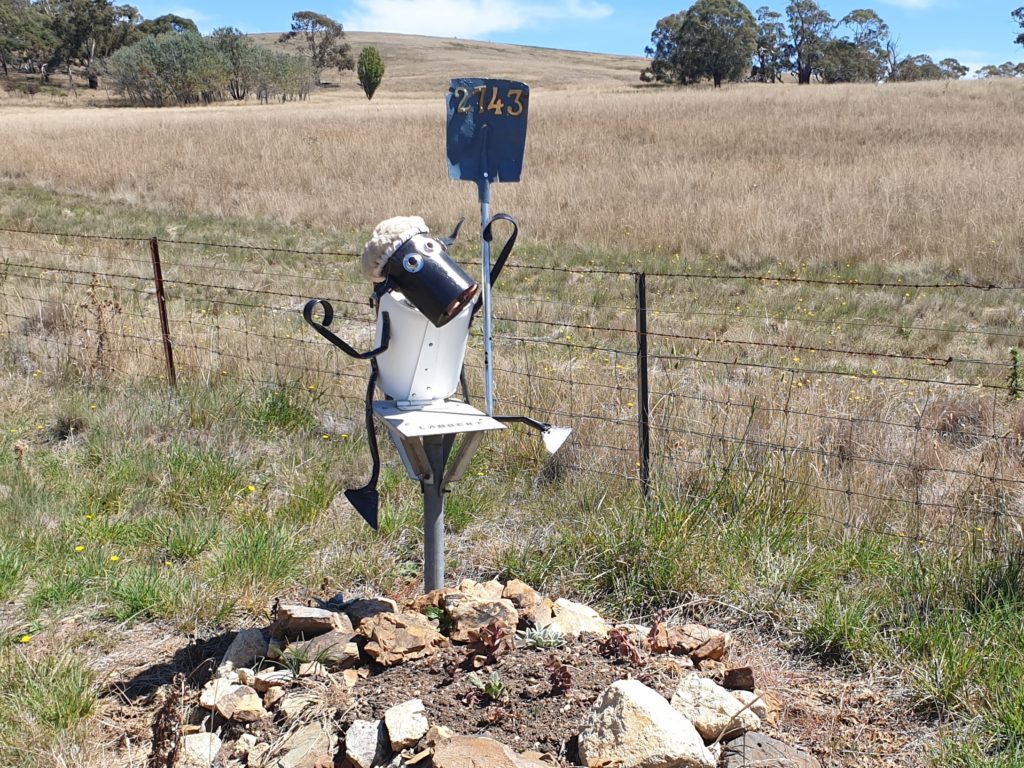
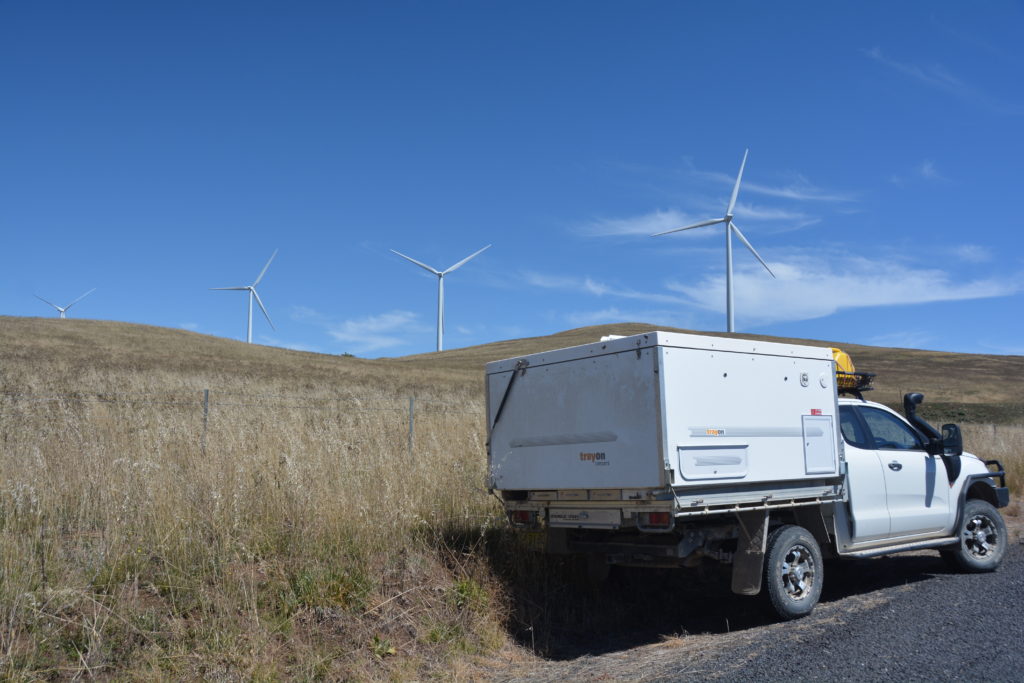
The Barry Way quickly turned into a single lane dirt track, winding its way through the steep mountainous region of this section of the park. By this stage in its journey the Snowy River has accumulated a bit of water and momentum, having started near the top of Mt. Kosciuszko and wound its way through a few hydro dams and around many mountains.
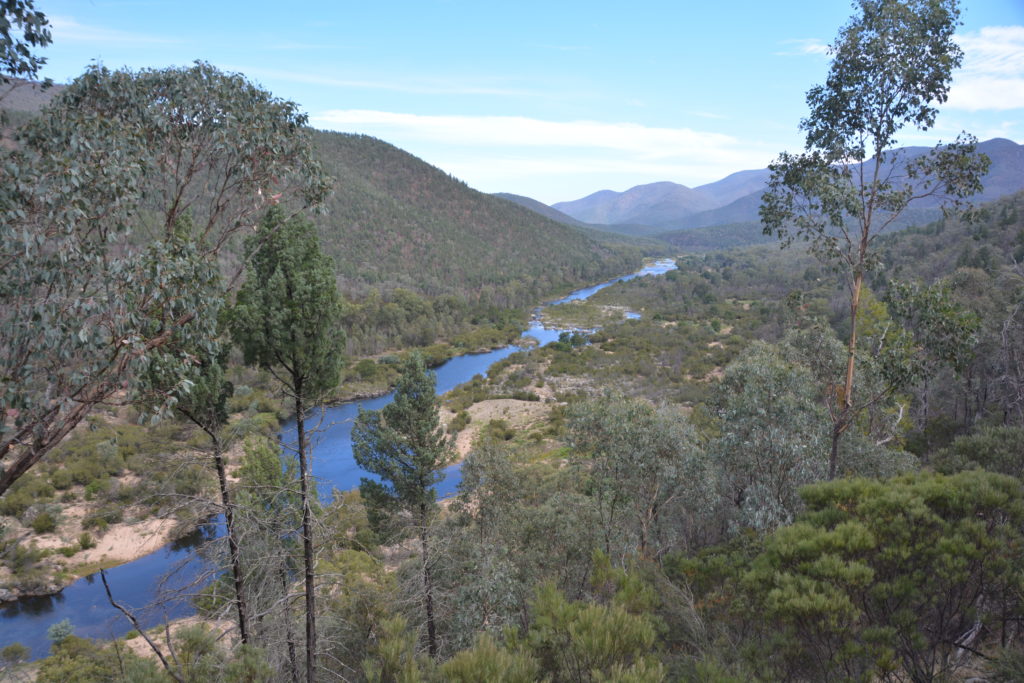
By the time it reaches the end of it’s NSW journey it is a healthy flow of crystal clear mountain water passing through some of Australia’s finest scenery. We scored a camping spot just off the Barry Way near the banks of the river and explored its banks and smooth running water while the black swans floated by and the black cockies cackled overhead. A fab night around the fire marked the end of our four week beach and mountain holiday.
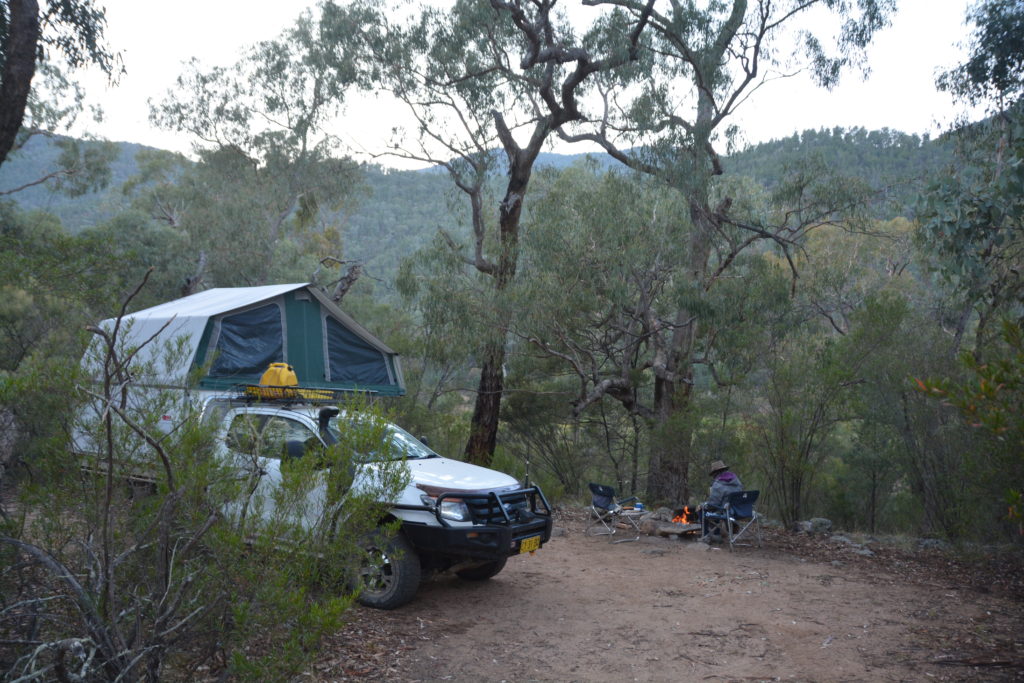
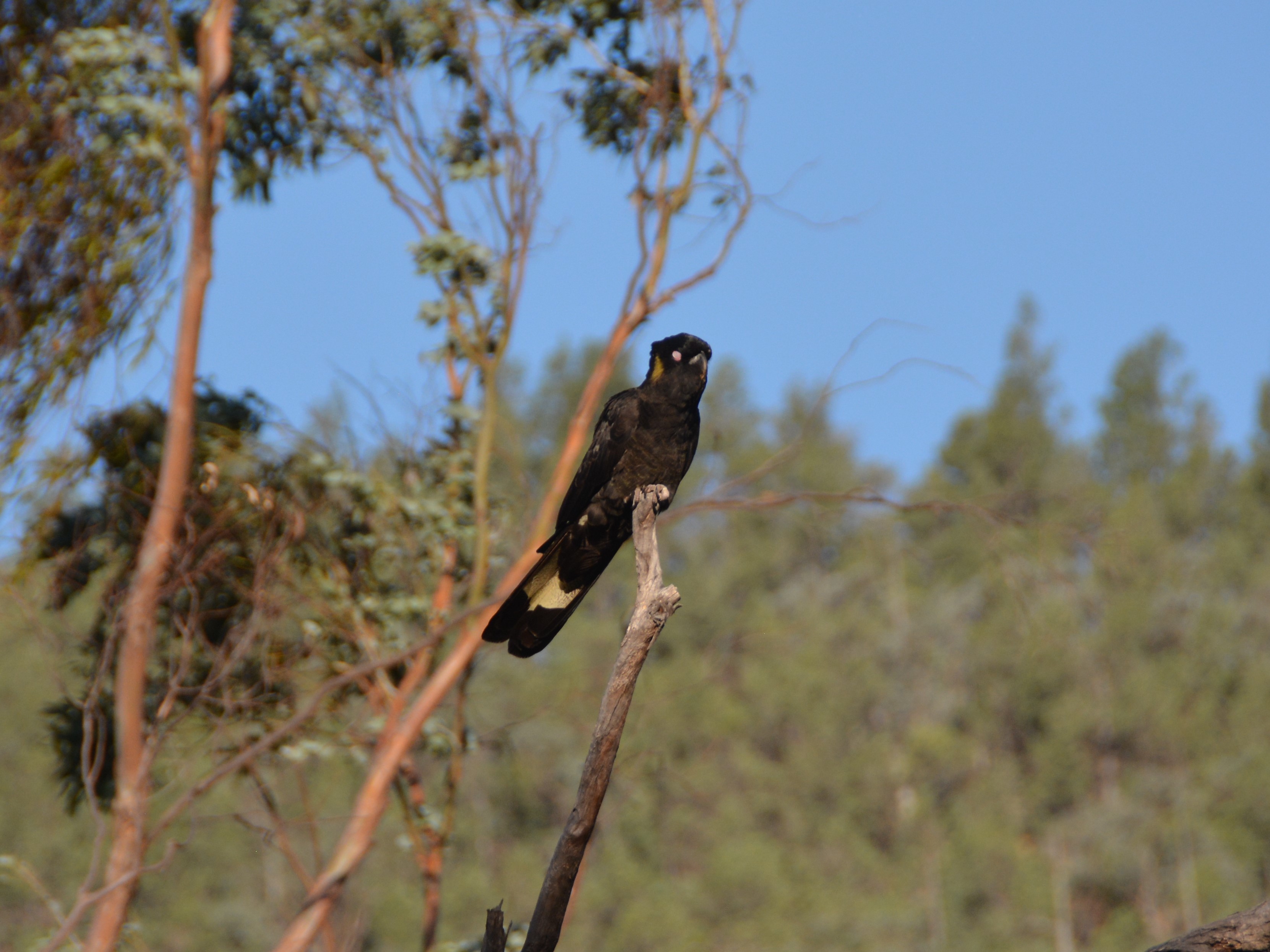
Our last morning on the road was highlighted by the sound of the Snowy River passing by and the whinnying of brumbies nearby. We put out our morning fire, packed up the ever-reliable Wanda and retraced our steps, following the river upstream through the deep-walled valley it had carved out over the eons. We had lunch on the banks of the nearly-full Lake Jindabyne, its water a bright blue reflection of the sky. Then it was on to Cooma where we were met with hugs by our two grandchildren and anticipation by all of us for four great days together.
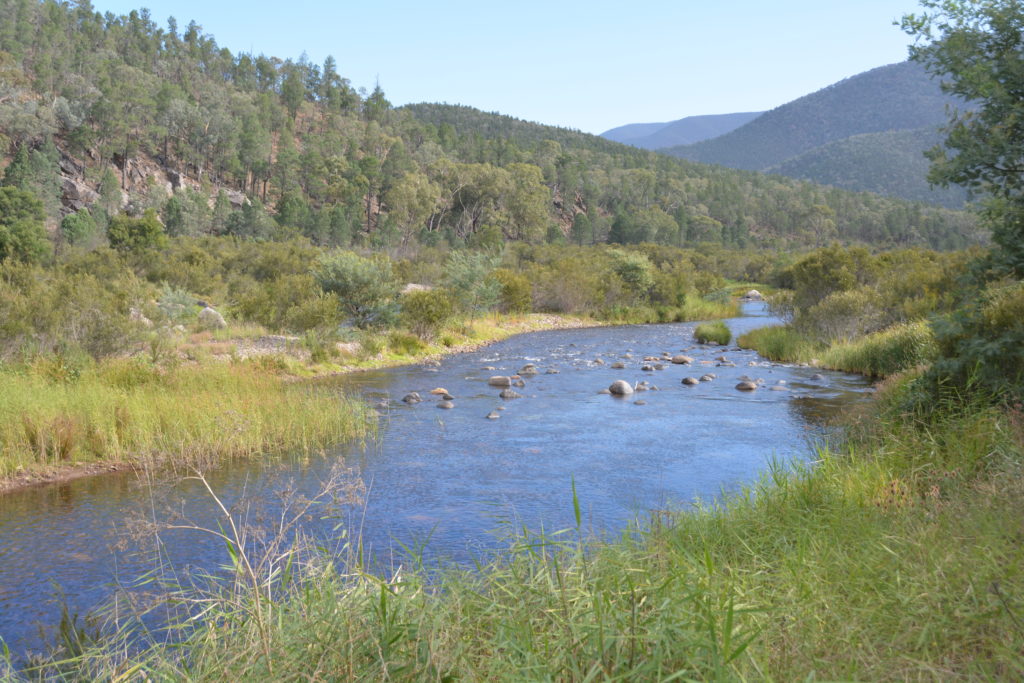
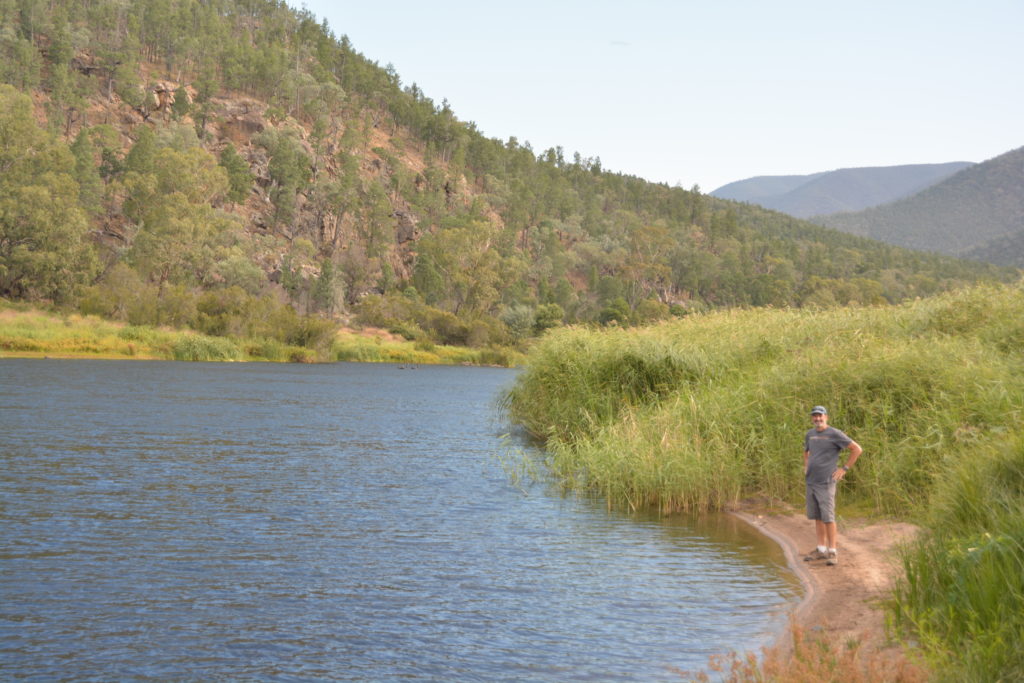
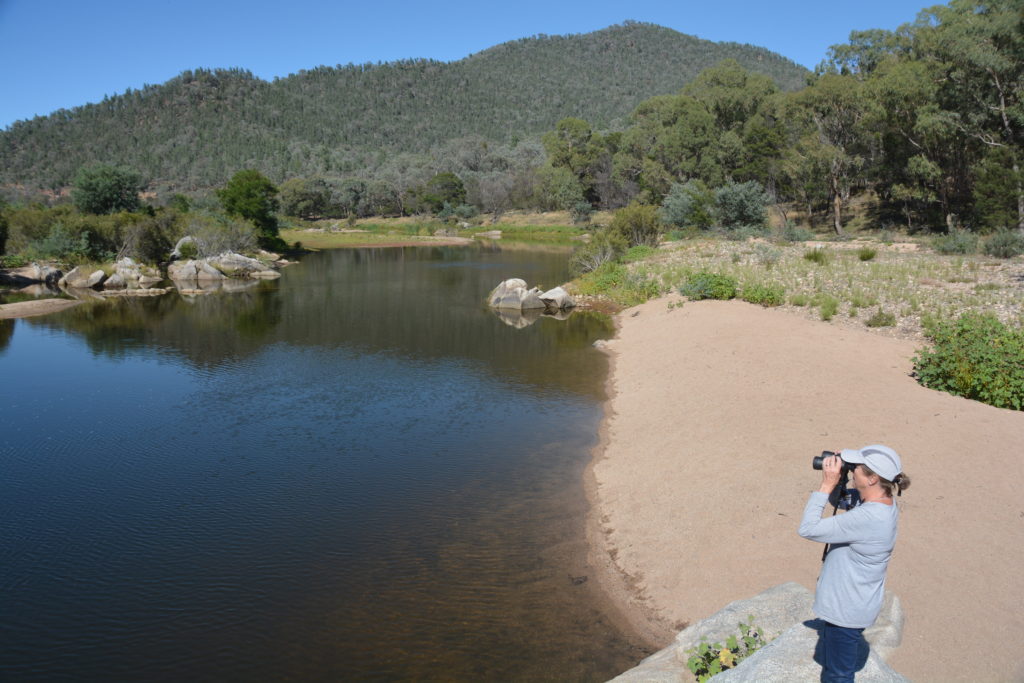
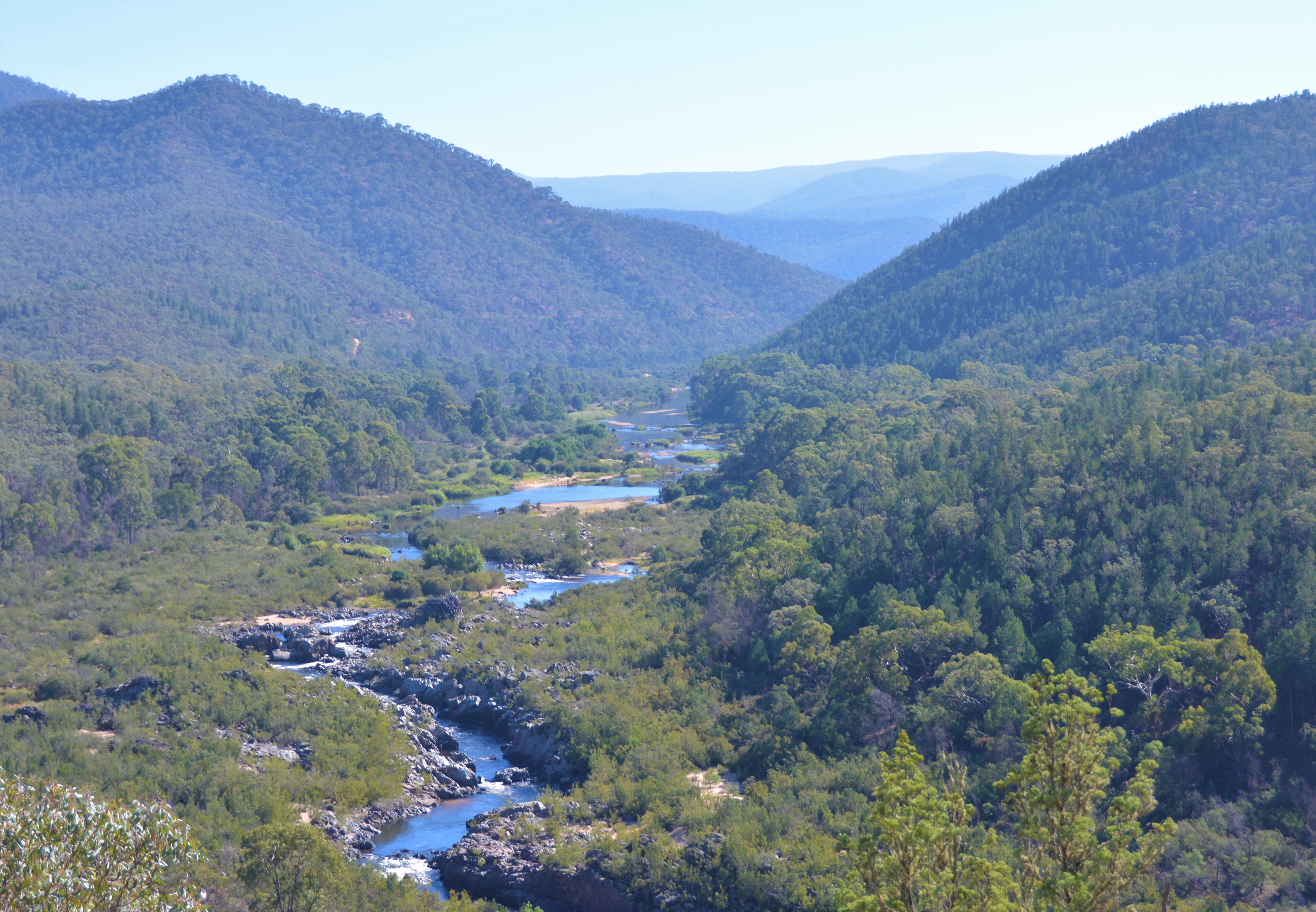
Our journey through southern NSW was different than we had initially planned but perhaps better for the changes. Instead of endless days on the stunning beaches of its coastline, we made changes due to the cloudy skies and headed inland to explore old favourite places and some exciting new ones. It was a journey marked by nostalgic visits to old haunts, wonderful bush walks, beautiful sandy beaches, scenic mountain ranges and important insights into local historical events. We loved every moment of every day and look forward to doing it all again some time soon.
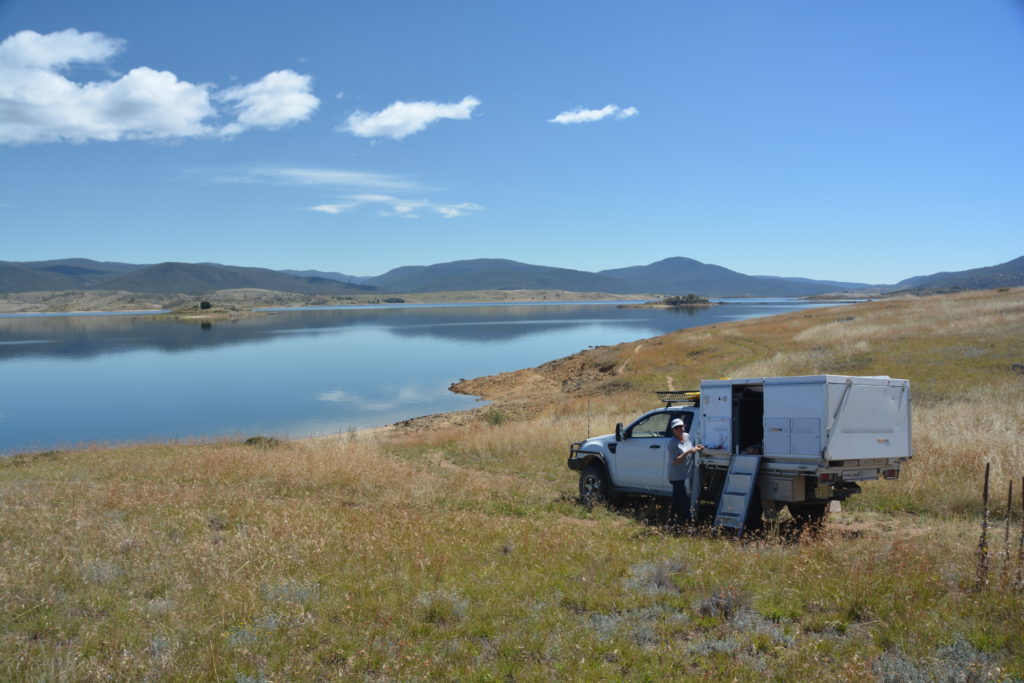
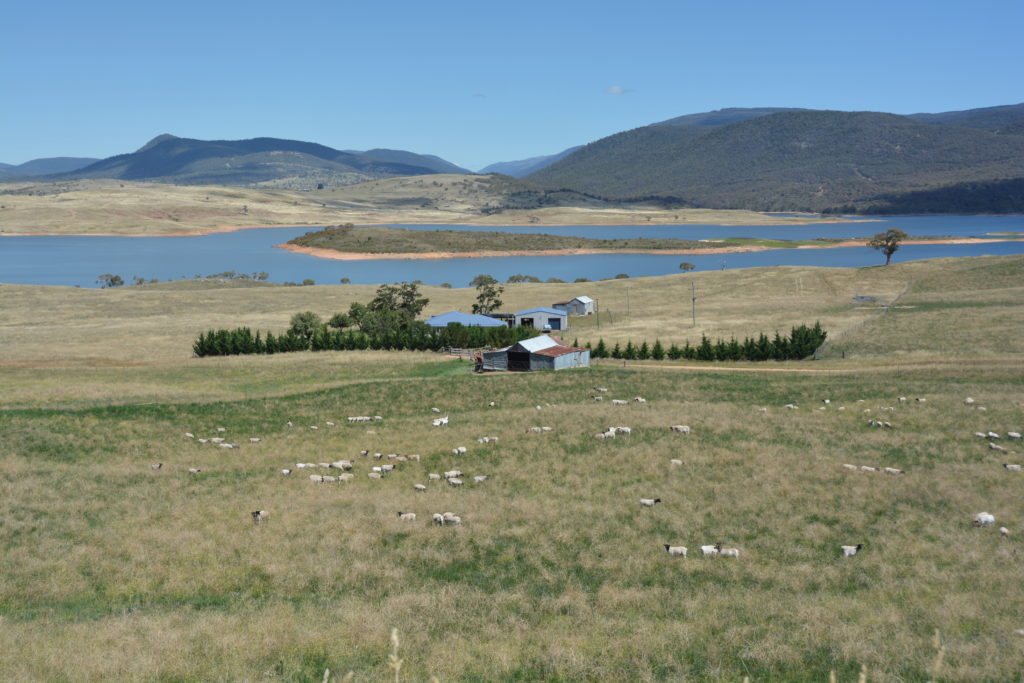
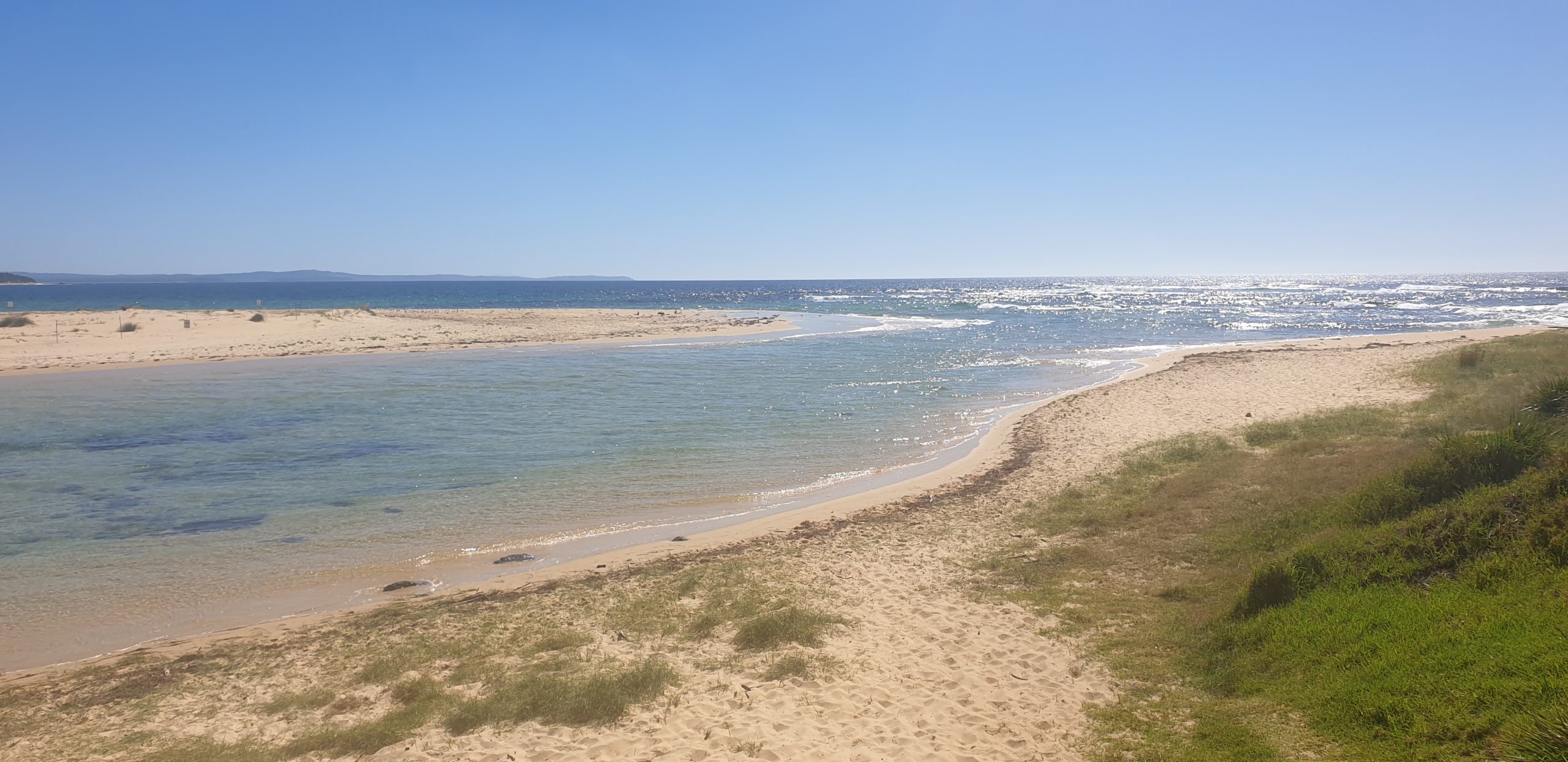
Just beautiful. I am enjoying your travels again, and hopefully you have your next trip plan in mind. Love your itchy feet.
Just make sure you have lots of cuddle time for yourselves too.
Enjoy your family time.
Lots of love and hugs
Xoxo
Thanks Anne. Yes, itchy feet is a good way to describe it, COVID won’t slow us down too much, especially when NSW has so much to offer. And yes, we are planning our next trip! Take care, Bill